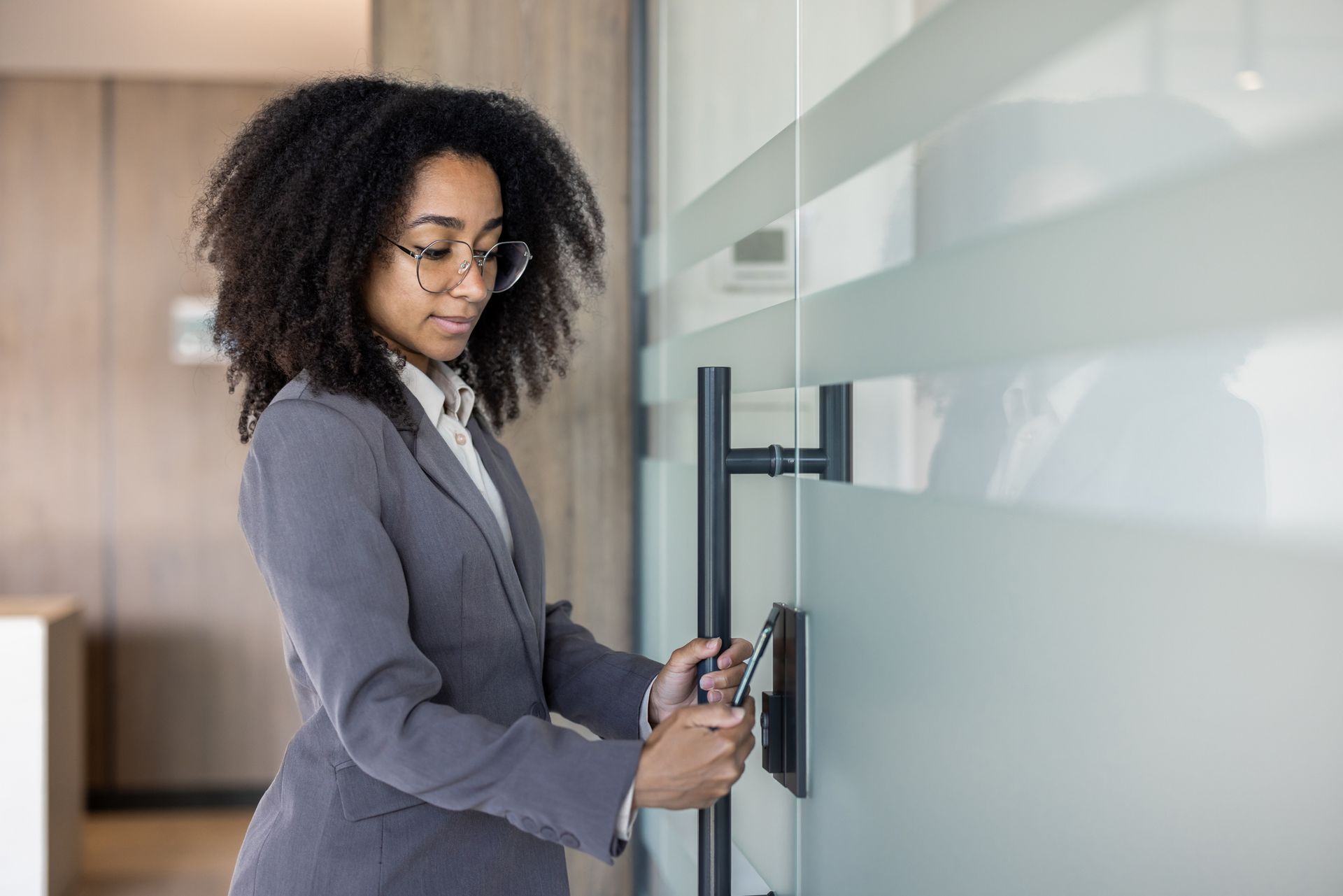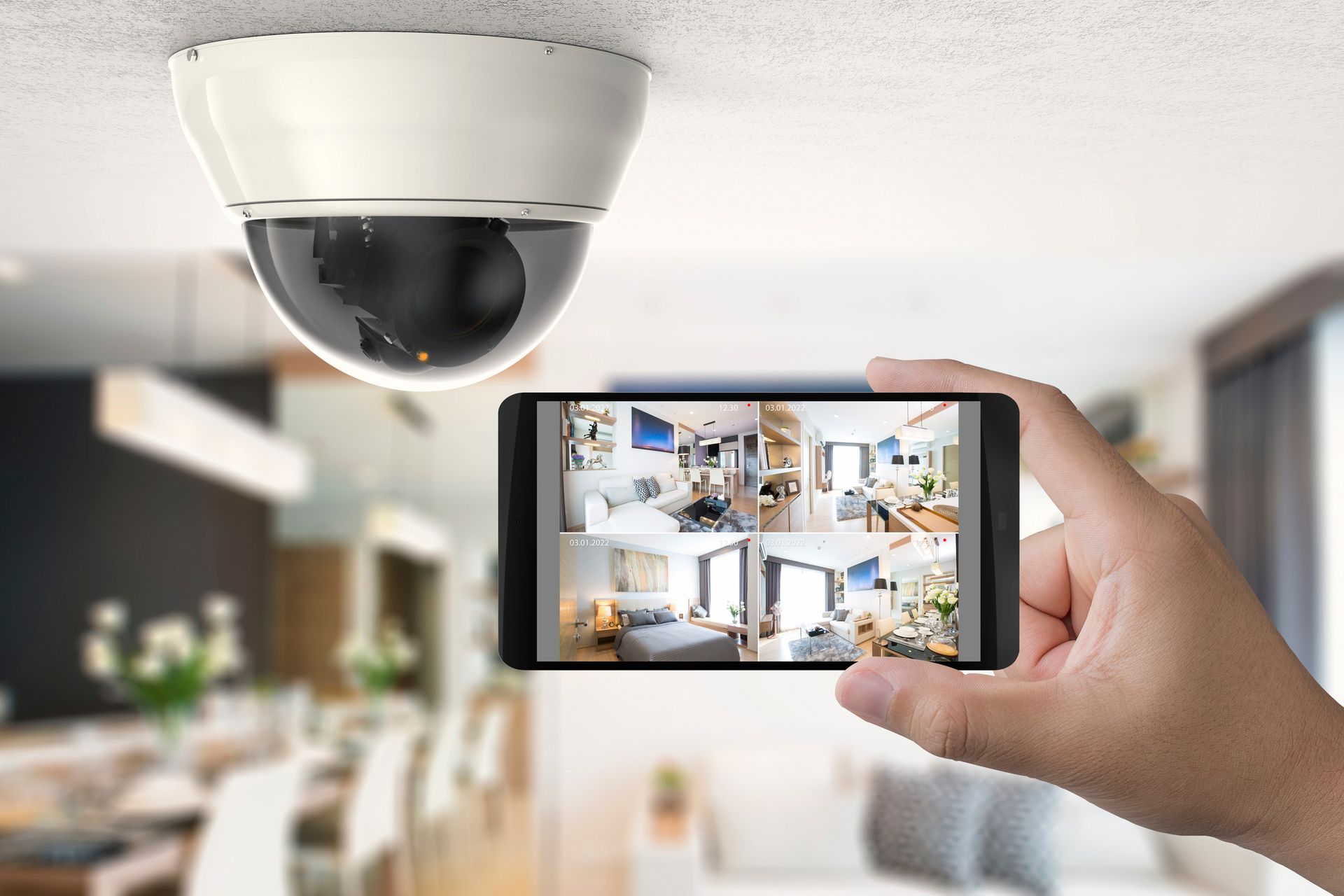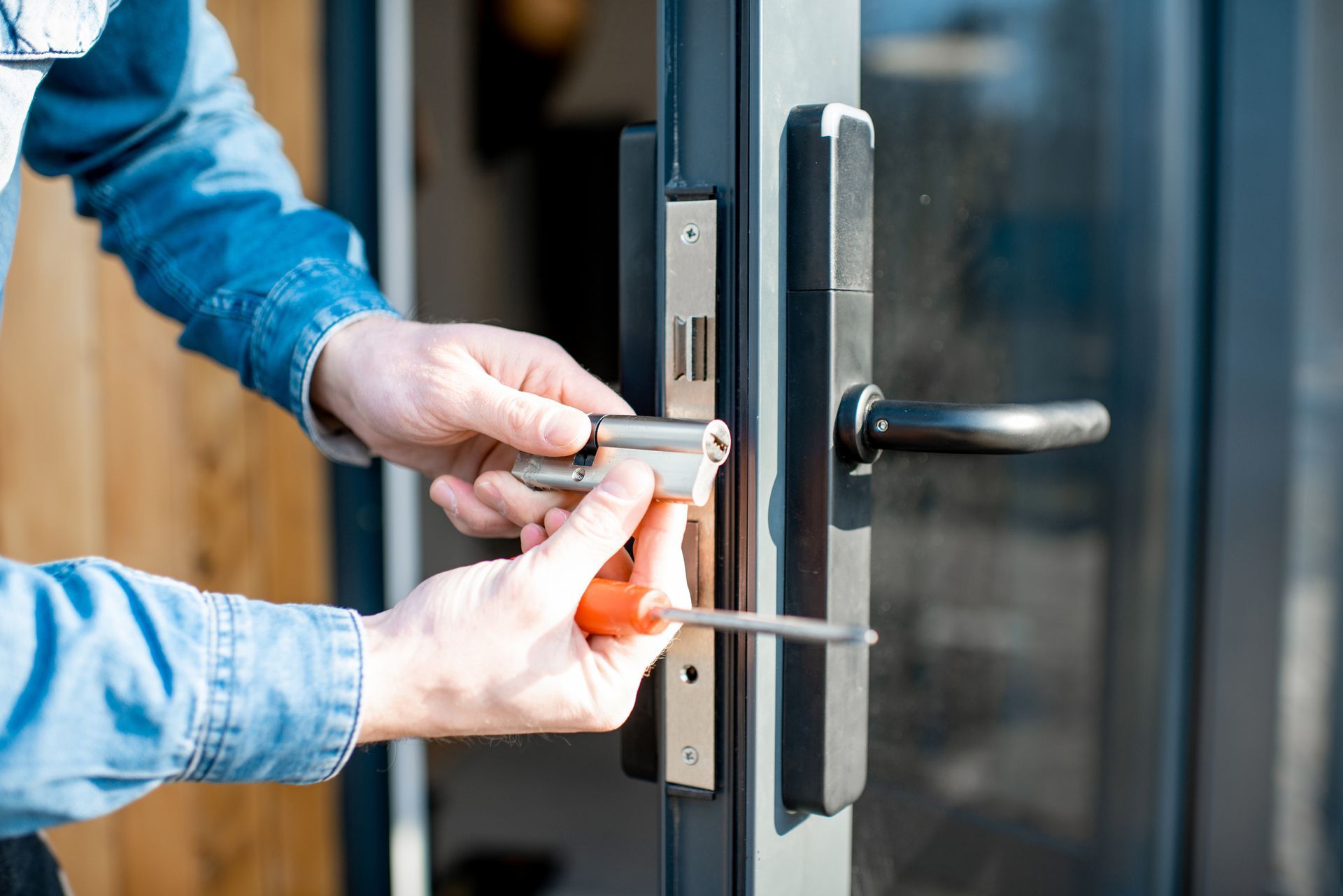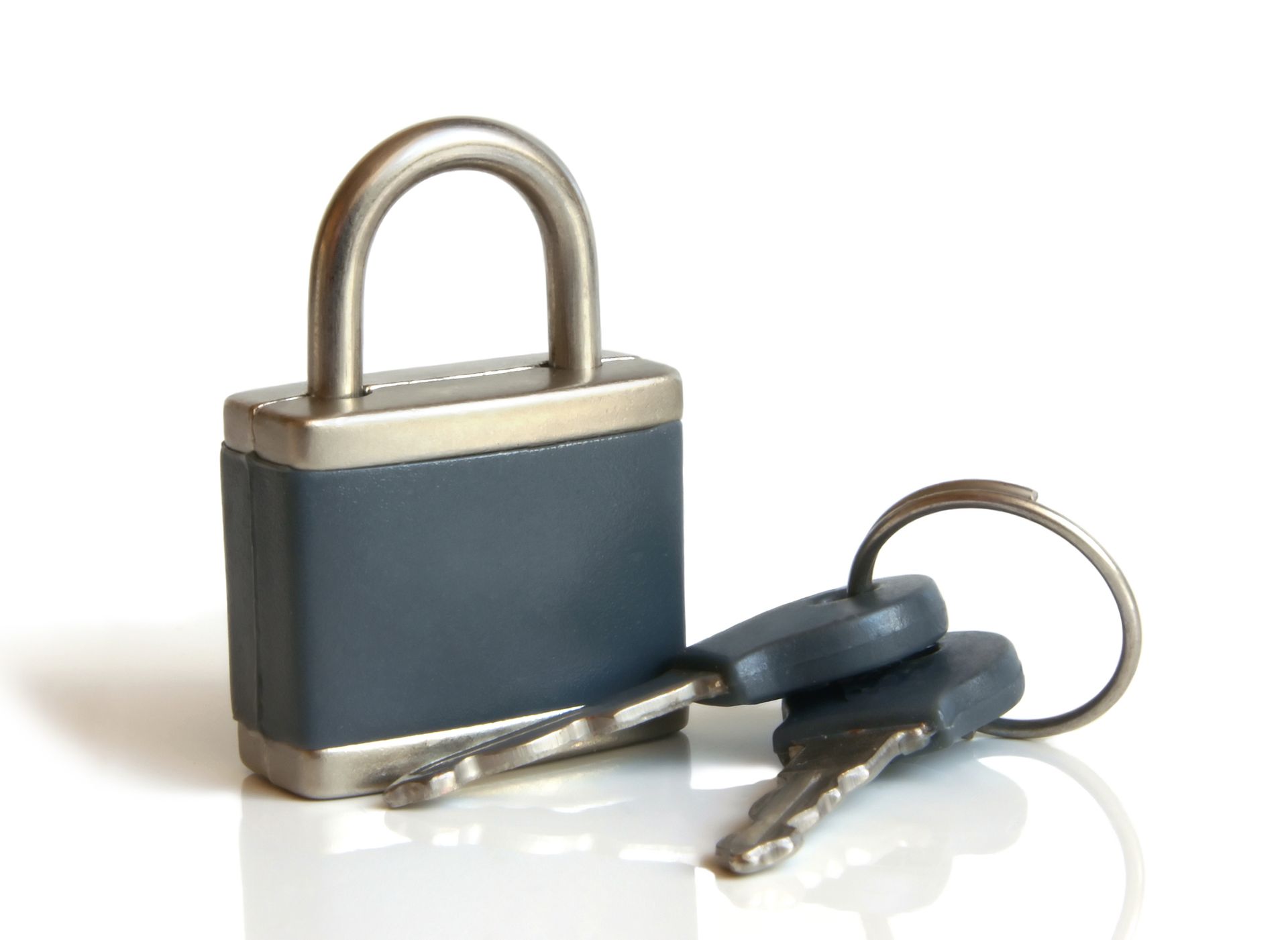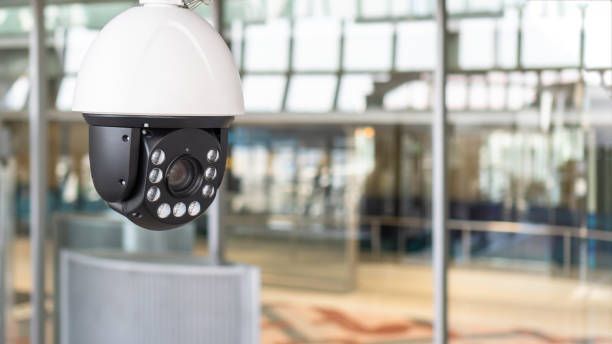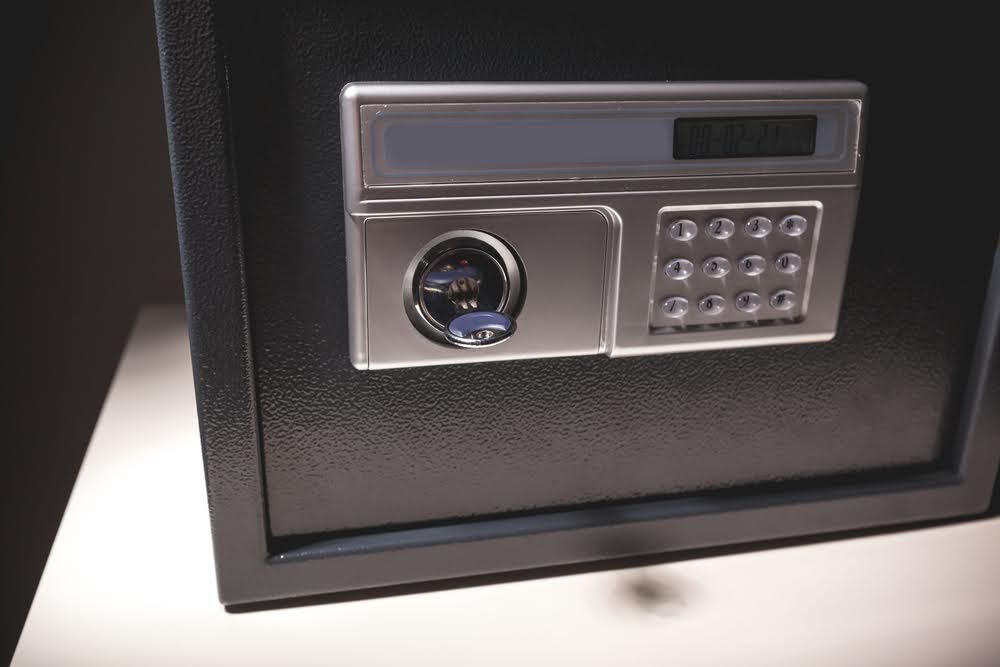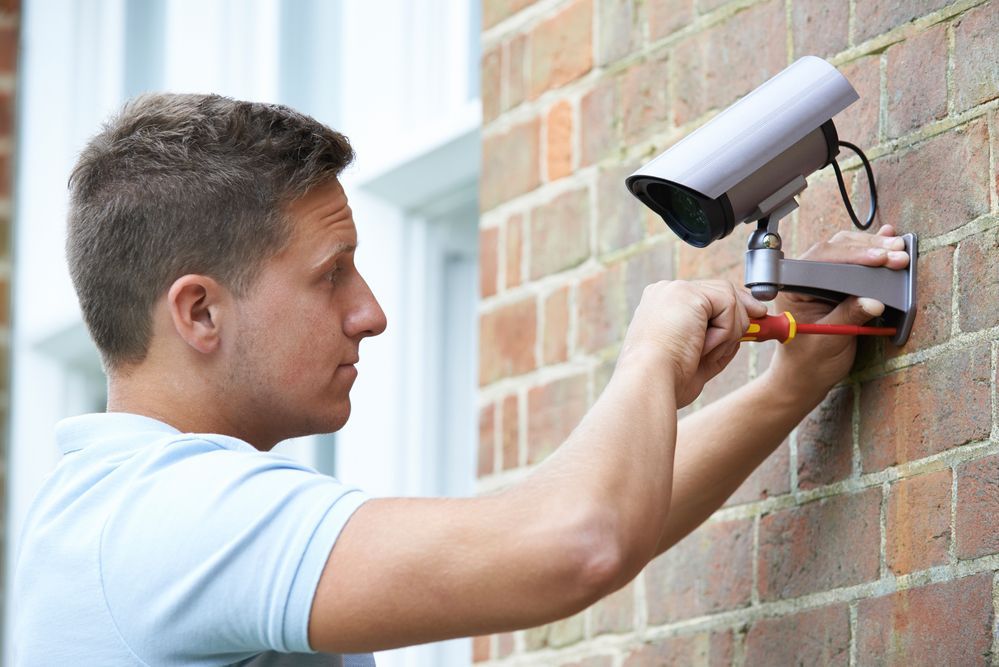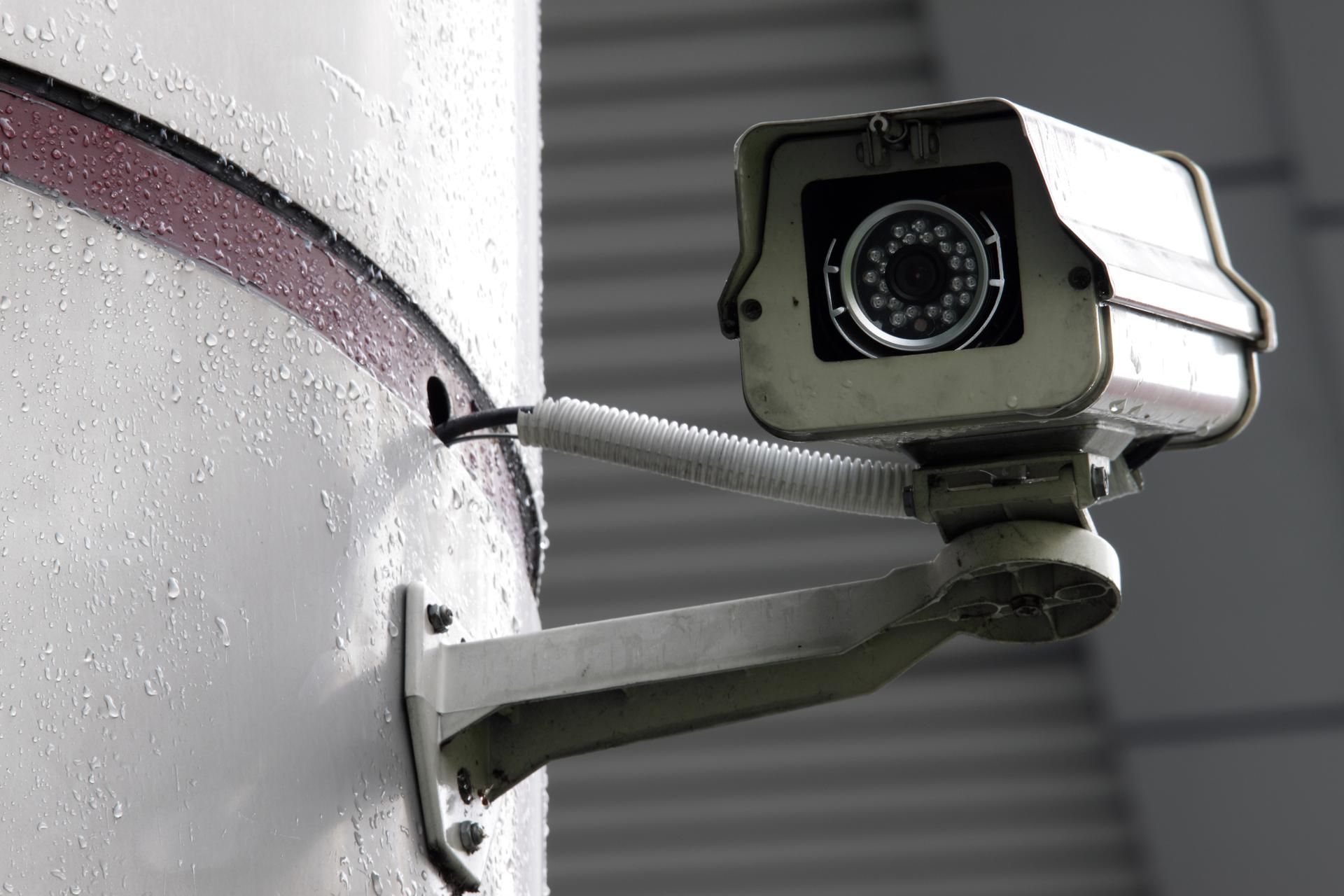Buying a Home Safe? Answers to Common Questions
Admin • December 19, 2020
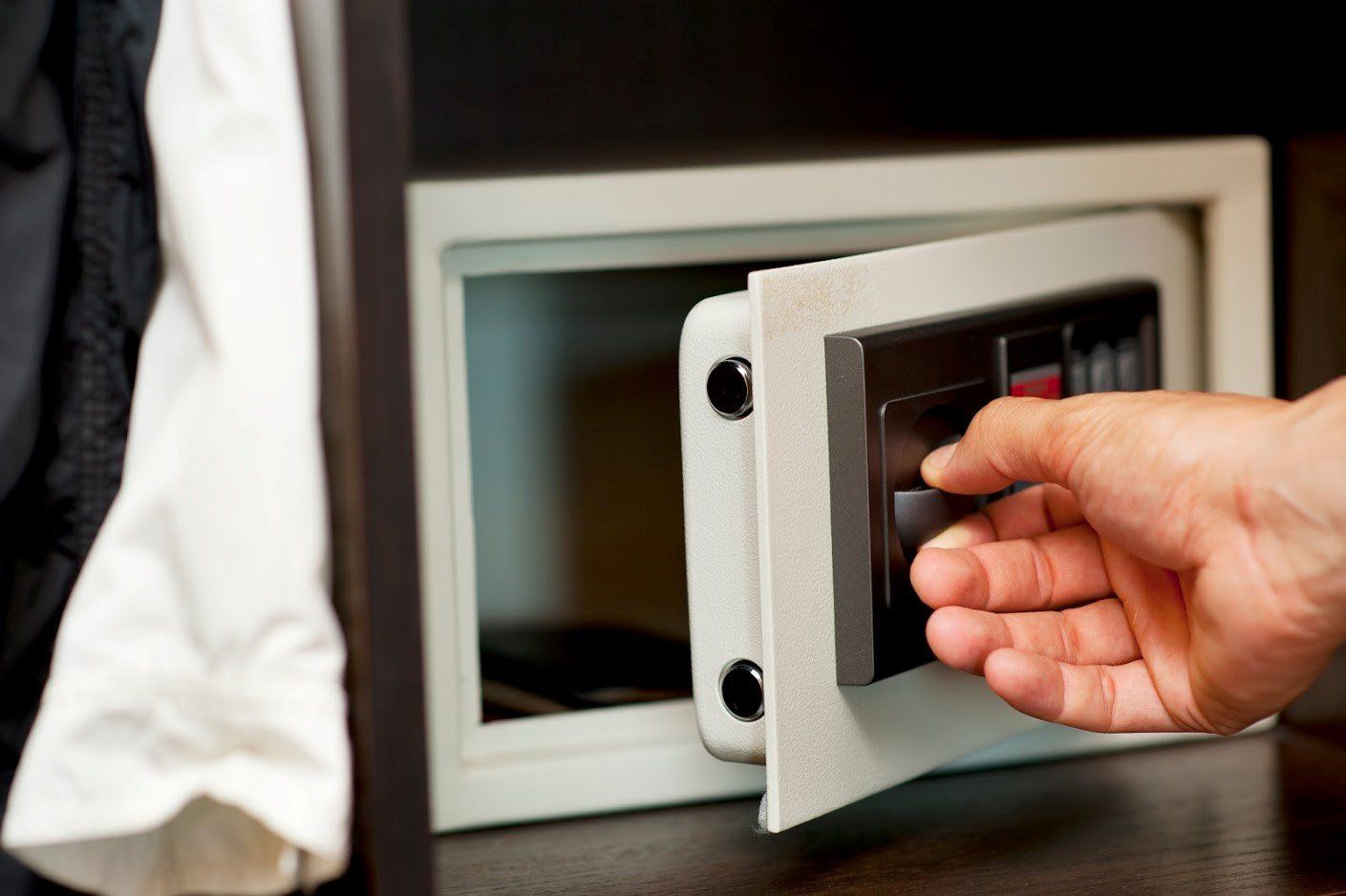
You rely on your home security system to keep out intruders, but your home may not be completely protected without a safe. Some people assume only banks or large corporations need these safety tools, but safes are great for home use too.
What should you know to find the right safe to secure your finances and protect your family? Here are a few answers to questions you may have.
How Are Safes Rated?
Safes in the United States are generally rated through a standardized system based on the strengths of the construction and how long it takes for the safe to be broken into.
These ratings are broken into two types. The first is a B and C rating for safes with at least 1" thick doors and 1/2" thick body. These safes are generally rated to protect items of medium value — up to about $30,000.
The second part of the rating system is given by Underwriter Laboratories (UL). These start with RSC (Residential Security Container), the least protective rating for home use. RSC-rated safes are considered to have withstood 5 minutes' worth of an attempt to break in. The ratings continue upward based on how long the safe withstands entry and by what means. These include TL-15, TL-30, and TL-03x6.
What Should You Put Inside a Safe?
First, assess what physical items you want to protect. Most residential safes house important documents, jewelry, and cash. You may want a safe to house firearms. Gun safes are specifically designed to keep firearms protected from both theft and fire but also to be convenient enough to use the weapons regularly.
For many, though, these small safes are insufficient for both current and future needs. When you consider the valuables you may have at home, you may be surprised at how large a safe you may want. Aside from standard documents such as your will or passport, these could include:
- Valuable or historical memorabilia
- Collectibles and antiques of high value
- Old photos, negatives, and digital copies
- Expensive artwork
- Spare keys
- Records for ongoing legal matters (like divorce)
- Anything that exceeds individual insurance limits
- Hazardous or dangerous materials
Inventory your home and property to determine what you actually need to store. You should also plan for future growth by purchasing a safe larger than your current needs. Many safe owners find that size limitations are one of their biggest frustrations in the years after they buy and install a safe.
Where Can You Place a Safe?
Safes can go just about anywhere the homeowner wants them. Your choices, though, may be limited by two factors. The first is the type of safe you need. A small safe could be installed in a wall or even a floor, calling for little extra space and leaving you many options.
The second limiting factor is your home's design. You may not have an entire room to dedicate to a vault or even space in the home office to place a large safe to keep cash. Instead, your layout may require adjustments, such as installing two smaller units or opting for a very large safe instead of a full vault.
Where Should You Start?
Buying the right safe isn't a one-size-fits-all proposition. All homeowners should do their own research into the type of safe they need, the size that's right for them, and how much they need to protect.
Start by meeting with the safe pros at Dixie Safe & Lock Service Inc.
For more than 45 years, we have assisted Texans with all their security needs, including safes. Call today to make an appointment.


